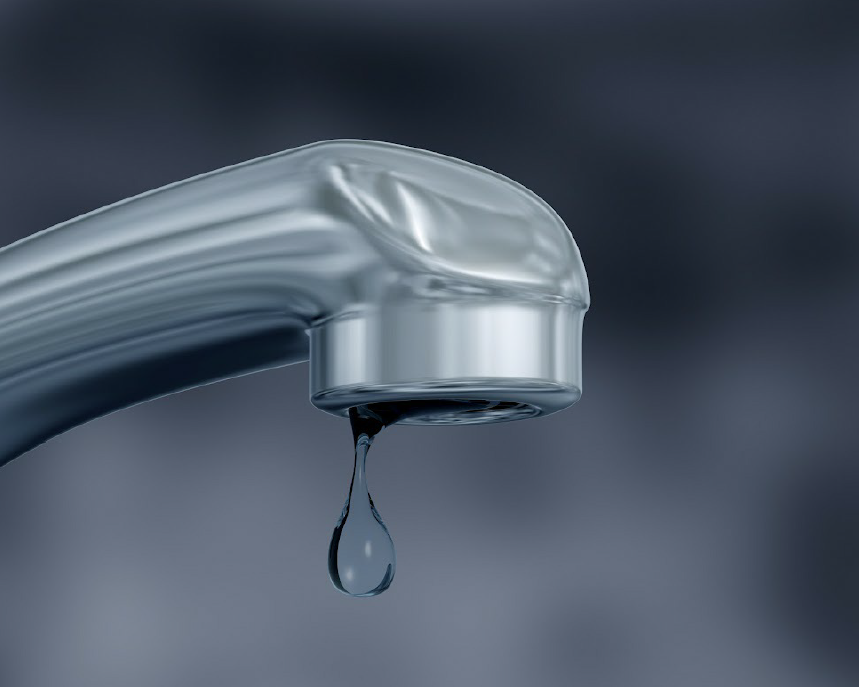Overview To Water Leakage Detection In Your Home
Overview To Water Leakage Detection In Your Home
Blog Article
We've stumbled upon this article involving Hacks to detect leaks listed below on the net and figured it made perfect sense to relate it with you on this page.

Early detection of dripping water lines can minimize a potential catastrophe. Some tiny water leaks might not be visible.
1. Check Out the Water Meter
Every home has a water meter. Checking it is a surefire manner in which aids you find leaks. For beginners, turn off all the water sources. Make certain nobody will certainly flush, use the faucet, shower, run the washing machine or dish washer. From there, go to the meter and also watch if it will certainly transform. Given that no person is using it, there need to be no movements. If it relocates, that suggests a fast-moving leakage. If you detect no adjustments, wait an hour or 2 and inspect back once again. This suggests you might have a sluggish leak that could also be underground.
2. Examine Water Usage
If you identify unexpected modifications, despite your consumption being the very same, it suggests that you have leakages in your plumbing system. A sudden spike in your costs indicates a fast-moving leak.
On the other hand, a steady increase monthly, even with the very same routines, shows you have a slow-moving leakage that's also slowly intensifying. Call a plumber to thoroughly check your home, particularly if you feel a cozy location on your floor with piping beneath.
3. Do a Food Coloring Test
When it involves water usage, 30% originates from bathrooms. Test to see if they are running properly. Decline flecks of food shade in the storage tank and wait 10 mins. There's a leak between the storage tank and also dish if the color somehow infiltrates your dish during that time without flushing.
4. Asses Outside Lines
Do not neglect to inspect your outdoor water lines too. Examination spigots by attaching a yard hose pipe. Should water permeate out of the connection, you have a loose rubber gasket. Change this and ensure all links are limited. If you have actually obtained a lawn sprinkler, it will help get it properly analyzed and also preserved each year. One small leakage can waste lots of water and surge your water expense.
5. Evaluate the circumstance and also evaluate
Homeowners should make it a behavior to examine under the sink counters as well as also inside closets for any kind of bad odor or mold and mildew development. These 2 red flags suggest a leak so prompt attention is called for. Doing regular examinations, also bi-annually, can conserve you from a major problem.
Much more importantly, if you understand your residence is currently old, keep a watchful eye on your heating units, hose pipes, pipelines etc. Check for stainings and deteriorating as most home appliances and pipelines have a life expectancy. They will certainly also naturally wear away because of tear and use. If you think dripping water lines in your plumbing system, do not await it to rise. Call a professional plumber immediately so you do not end up with an awful mess in your house.
Early detection of dripping water lines can mitigate a potential calamity. Some little water leakages may not be visible. Checking it is a proven method that aids you uncover leaks. One small leakage can waste lots of water as well as spike your water expense.
If you presume leaking water lines in your plumbing system, do not wait for it to intensify.
WARNING SIGNS OF WATER LEAKAGE BEHIND THE WALL
PERSISTENT MUSTY ODORS
As water slowly drips from a leaky pipe inside the wall, flooring and sheetrock stay damp and develop an odor similar to wet cardboard. It generates a musty smell that can help you find hidden leaks.
MOLD IN UNUSUAL AREAS
Mold usually grows in wet areas like kitchens, baths and laundry rooms. If you spot the stuff on walls or baseboards in other rooms of the house, it’s a good indicator of undetected water leaks.
STAINS THAT GROW
When mold thrives around a leaky pipe, it sometimes takes hold on the inside surface of the affected wall. A growing stain on otherwise clean sheetrock is often your sign of a hidden plumbing problem.
PEELING OR BUBBLING WALLPAPER / PAINT
This clue is easy to miss in rooms that don’t get much use. When you see wallpaper separating along seams or paint bubbling or flaking off the wall, blame sheetrock that stays wet because of an undetected leak.
BUCKLED CEILINGS AND STAINED FLOORS
If ceilings or floors in bathrooms, kitchens or laundry areas develop structural problems, don’t rule out constant damp inside the walls. Wet sheetrock can affect adjacent framing, flooring and ceilings.
https://www.servicemasterbyzaba.com/blog/how-to-detect-water-leakage-in-walls/

We were made aware of that article about Top leak detection hacks from an associate on another web property. I beg you take the opportunity to promote this content if you appreciated it. Thanks a lot for taking the time to read it.
Report this page